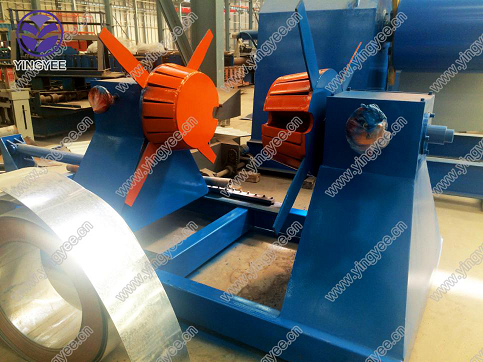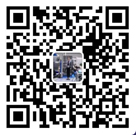The Efficiency and Versatility of CZU Steel Purlin Frame Roll Forming Machines
In the modern construction industry, the demand for structural components that are both lightweight and strong has led to the increasing use of steel in various forms. One of the most innovative advancements in this field is the CZU steel purlin frame roll forming machine. This machine is particularly designed to streamline the process of producing C and Z section steel purlins, which are critical components in building frameworks, roofs, and an array of other applications.
Understanding CZ and U Purlins
Purlins are horizontal structural members in buildings, typically used to support the roofing sheets. CZ and U purlins are named based on their shape. CZ purlins are designed in the shape of the letters C and Z, making them incredibly versatile and preferred for various structural applications. These purlins are lightweight but provide exceptional strength, which means they can withstand significant loads without compromising structural integrity.
The Role of Roll Forming Machines
Roll forming technology has revolutionized the way these purlins are manufactured. Unlike traditional methods which may involve cutting and welding, roll forming is a continuous process that transforms flat steel coils into specific shapes through a series of rollers. The CZU steel purlin frame roll forming machine automates this process, ensuring high precision and consistency in the production of purlins.
Key Features of CZU Steel Purlin Frame Roll Forming Machines
1. High Production Capacity These machines are designed for high-speed production, allowing manufacturers to produce large quantities of purlins with minimal downtime. This efficiency is crucial for meeting the demands of the growing construction industry.
2. Customizable Specifications One of the most significant advantages of using a CZU roll forming machine is the ability to customize purlin specifications. The machines can be adjusted easily to produce different sizes and shapes, accommodating the unique needs of various construction projects.
czu steel purlin frame roll forming machine
3. Material Flexibility CZU machines can work with various types of steel, including mild steel, galvanized steel, and more. This flexibility ensures that manufacturers can select the materials that best suit their project requirements while maintaining durability.
4. User-Friendly Operation Modern roll forming machines are equipped with advanced control systems. Operators can easily monitor and adjust settings, ensuring optimal operation and high-quality output.
5. Low Waste Production The precision of the roll forming process results in minimal material waste. This not only reduces costs but also supports environmentally sustainable manufacturing practices, which is increasingly important in today’s market.
Applications in Construction
The application of CZ and U purlins produced by these machines spans a myriad of construction projects. They are commonly used in
- Commercial Buildings Reinforcing roofs and walls, offering structural support that is essential for the stability of large buildings.
- Industrial Sheds Providing the framework necessary for factories and warehouses, which often require open, column-free spaces.
- Residential Structures Acting as essential components in modern housing designs, particularly in the prefabricated construction market.
Conclusion
The CZU steel purlin frame roll forming machine represents a significant leap forward in manufacturing technology within the construction industry. By enhancing efficiency, promoting flexibility in design, and ensuring high-quality outputs, these machines are integral to meeting the demands of contemporary construction projects. As the industry continues to evolve, the role of advanced roll forming technology will undoubtedly grow, paving the way for innovative building solutions that meet longevity and strength requirements in various applications. Emphasizing the transformation of raw materials into vital structural components, the impact of these machines is far-reaching, helping to shape the future of construction.







